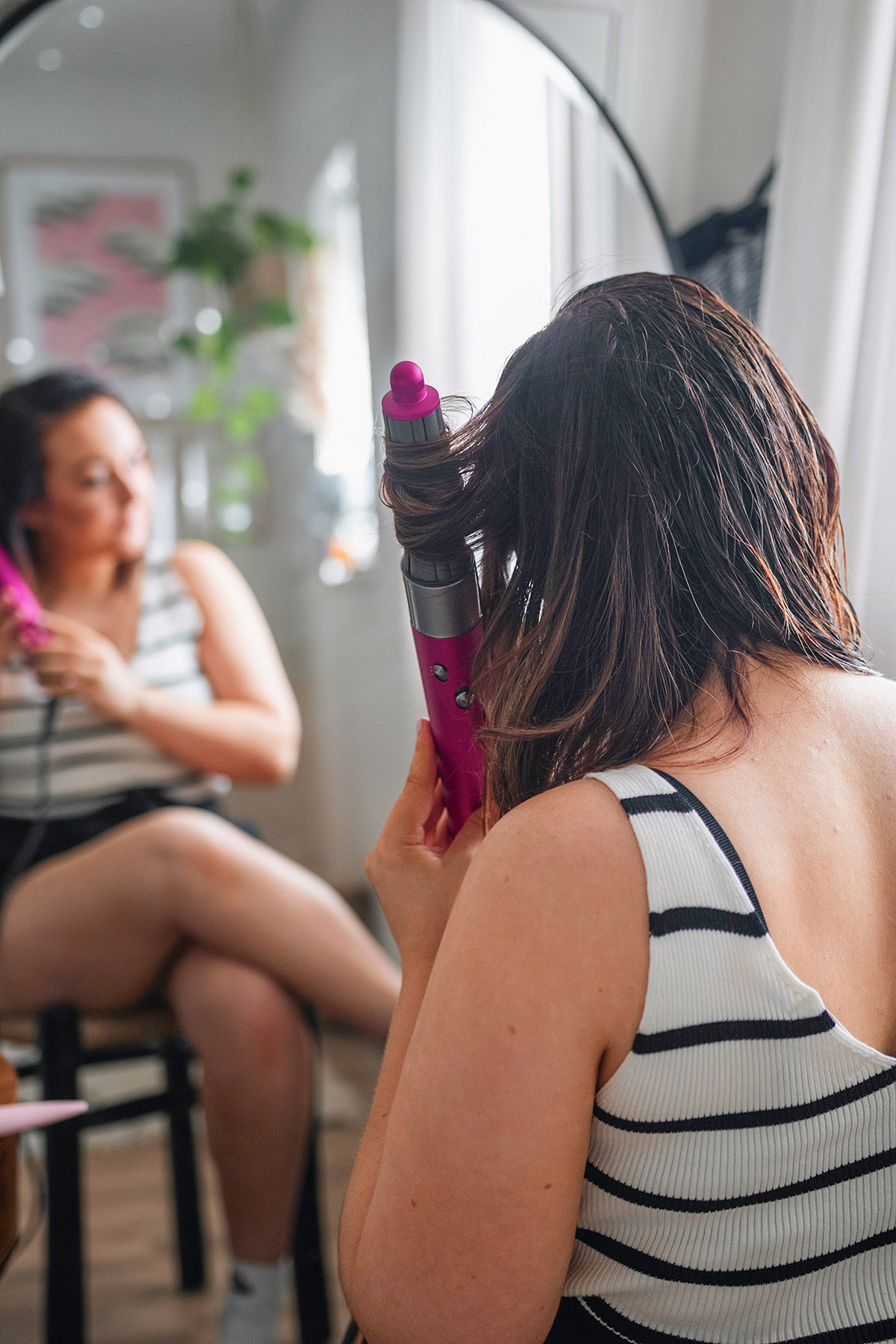
Hair transplants are often viewed as a long-term solution for hair loss, offering hope to individuals with thinning hair or balding areas. While modern techniques have made the procedure safer, there are still important risks to consider.
Understanding potential complications and how to prepare for them can help ease stress and improve recovery. This article explains the most common risks and provides advice to help you navigate your hair restoration journey more confidently.
The Importance of Informed Decisions
Choosing to undergo a hair transplant isn’t just about appearance, it’s a medical procedure that requires careful planning. Many people are unaware that patient behaviour before and after surgery can affect the final results.
While success rates are high, being informed about potential side effects and aftercare steps can make a major difference. A bit of preparation goes a long way.
Understanding the Risk of Infection
One of the most common post-transplant risks is infection. This can happen if bacteria enter the micro-wounds created during graft harvesting and placement.
Reputable clinics like Asli Tarcan Clinic, known for offering some of the best hair transplant procedures in Turkey, follow strict sterilisation standards. However, post-surgery care is your responsibility. Keeping the area clean and avoiding unnecessary contact helps reduce the risk.
Watch for early signs like redness, swelling, warmth, or unusual discharge around the grafts. If you experience these, contact your clinic immediately for treatment, antibiotics are usually effective when administered early.
Dealing with Scarring
Scarring is another major concern for anyone undergoing hair restoration. The type of procedure determines the nature and visibility of scars.
With FUT (Follicular Unit Transplantation), a linear scar remains in the donor area. This can be hidden with longer hair but becomes more visible with shorter styles. FUE (Follicular Unit Extraction), on the other hand, leaves behind tiny dot-like scars. These are usually less noticeable but can still be visible if the hair is kept very short.
Patients prone to keloid scars should inform their surgeon during the consultation. A proper assessment will help determine if the patient is suitable for the procedure.
Avoiding Trauma During Recovery
Scratching or irritating the scalp after the procedure can worsen scarring. It’s important to follow aftercare instructions and avoid physical contact with the treated area.
Choosing a skilled surgeon using advanced techniques significantly reduces the chance of visible scarring. The healing process is smoother when both the surgeon and patient are committed to proper care.
Watch for Unnatural Growth Patterns
Some patients experience unnatural-looking results due to poorly angled grafts or uneven density. This issue stems from improper planning or lack of experience during implantation.
In a large city like London, where many clinics operate, it’s crucial to choose a London hair transplant provider known for achieving natural-looking hairlines. The direction, angle, and density of implanted grafts must mimic your natural growth. Always request to see detailed before-and-after photos and review testimonials before selecting a clinic.
What Is Shock Loss?
Shock loss refers to the temporary shedding of transplanted hairs and sometimes nearby natural hairs after surgery. It usually begins a few weeks post-op and can last for several months. While this may feel alarming, it’s typically a normal and temporary phase.
Hair enters a resting cycle and regrows over the next 3 to 4 months, with continued improvements over a year. Understanding this in advance helps patients manage expectations and stay calm during recovery. However, prolonged thinning should always be discussed with your surgeon.
Numbness or Tingling After Surgery
Another common side effect is numbness or tingling in the treated area. This happens when small nerves are stretched or impacted during the transplant.
Most patients see normal sensation return in a matter of weeks or months. It’s a sign of nerve regeneration, not necessarily something to worry about. If the numbness persists or worsens, contact your clinic. Although rare, nerve injury can occur, and early intervention is key.
How to Prepare for a Hair Transplant
Being well-prepared can reduce complications and lead to better results. Here are essential steps to take before your procedure:
- Choose a qualified surgeon at a reputable clinic with strong credentials and proven results.
- Disclose your full medical history, including medications, allergies, and past skin conditions.
- Follow pre-op instructions carefully, this may include avoiding alcohol, smoking, and certain medications.
- Schedule time off and rest after surgery. Physical activity should be limited to avoid disrupting healing.
- Familiarise yourself with post-op care routines, including washing techniques and how to protect the grafts.
- Attend all follow-up appointments and report anything unusual straight away.
Managing Expectations and Results
A hair transplant isn’t an instant fix. Results appear gradually, and full growth may take up to 12 months. During this time, following your surgeon’s advice is critical. The more prepared and informed you are, the smoother the journey will be. Always prioritise realistic expectations over quick fixes.
Your Role in a Successful Outcome
Many people underestimate how much of the outcome depends on their own efforts. From choosing the right surgeon to adhering to recovery guidelines, your active involvement is crucial. Read everything your clinic provides, ask questions, and stay in touch throughout the healing period. You’re a partner in the process, not just a patient.
Final Word
While every hair transplant carries some degree of risk, most complications can be avoided or effectively managed through preparation and proper care.
Selecting a qualified specialist, following aftercare guidelines, and being aware of what to expect is key to achieving the best outcome. When done right, a hair transplant can restore both your hair and self-confidence, delivering results that are natural, long-lasting, and worth the journey.




